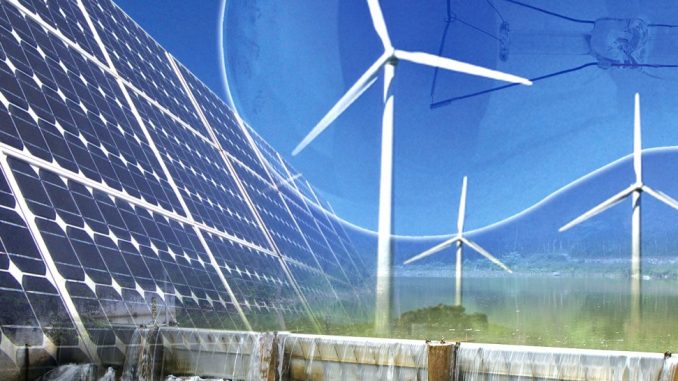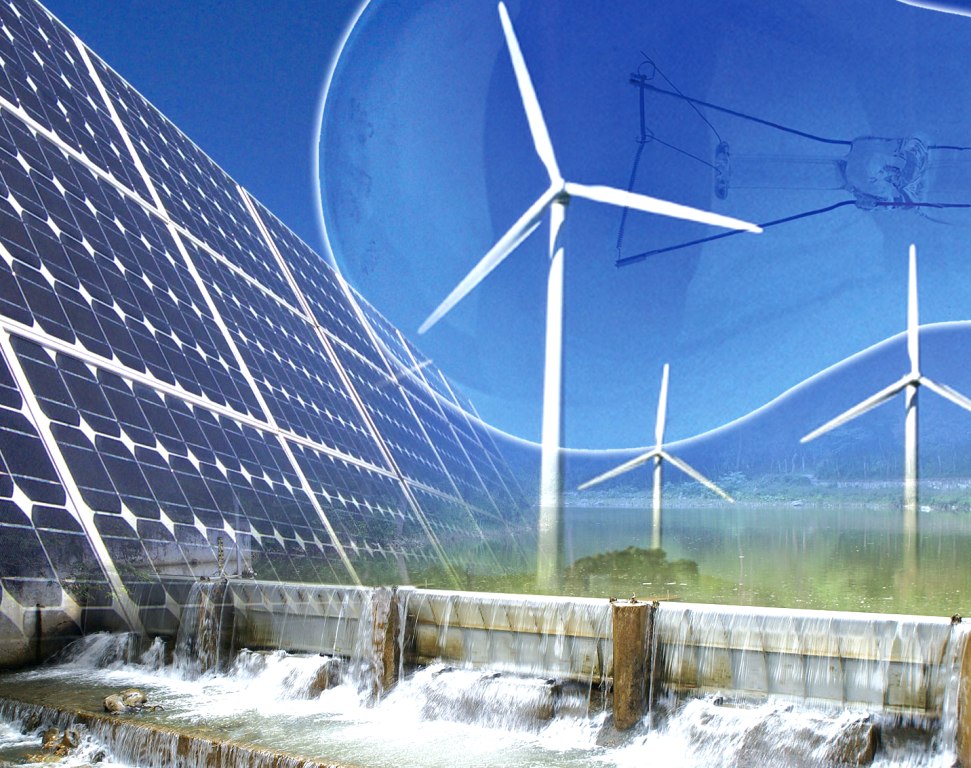
At present, many studies are focusing on the usage of renewable energy for various purposes in order to meet the energy demand across the world. A research team at the National Renewable Energy Laboratory of the U.S. Department of Energy has developed a photoelectrochemical cell that has the potential of capturing surplus photon energy that is generally lost to producing heat.

With the use of a method known as Multiple Exciton Generation and quantum dots, the research team was capable of advancing the peak external quantum effectiveness to 114% for hydrogen generation. The push could notably drive the generation of hydrogen from the sunlight with the use of cell to cleave water at low cost and higher efficacy in comparison to the available photoelectrochemical approaches.
In 2011, a paper was published demonstrating for the first time how a multiple exciton generation enabled a solar cell to surpass 100% quantum efficiency by generating additional electrons in the electric current that the total photons inflowing the solar cell.
Matthew Beard said, “The key distinction here is that we captured the multiple exciton generation improvement not only in the electrical current but also in a chemical bond. We illustrated that the similar method that generates surplus current in a solar cell can also be utilized to generate additional chemical reactions.
The utmost hypothetical competence of a solar cell is restricted by how much photon energy can be transformed into functional electrical energy. The multiple exciton generation method takes benefit of the surplus photon energy to produce additional electrons and hence, extra electrical or chemical potential instead of producing heat. Quantum dots that are spherical semiconductor nanocrystals with a diameter of 2–10 boost the process of multiple exciton generation.
In the present study, the charge carriers, or the multiple electrons, that are produced via the multiple exciton generation method within the quantum dots are trapped and stored within the H2 molecule’s chemical bonds.
The chemical reaction that is directed by the surplus electrons showed a new path in discovering high-efficiency methods for producing solar fuels.
What is your opinion regarding this new way of producing solar fuels?
